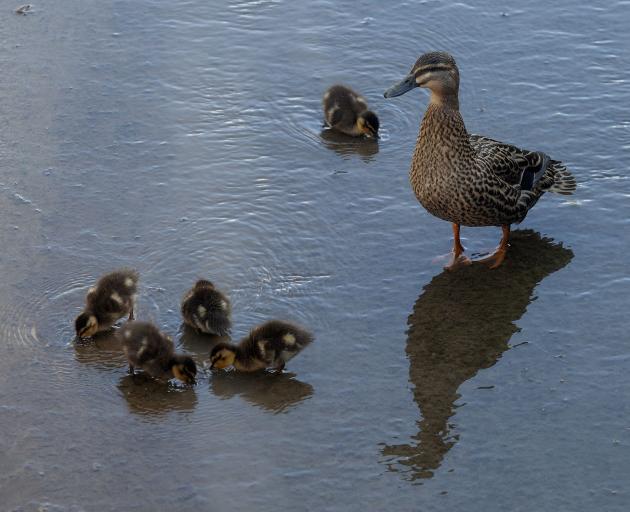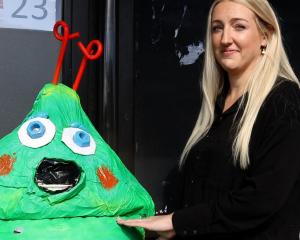
The funding, recommended by the Christchurch West Melton Water Zone Committee, helped the Port Hills Park Trust plant more than 3000 natives as part of this restoration and enhancement project.
“The project aligns with the committee’s priority to reduce sediment runoff in the Port Hills and enhance in stream biodiversity values,” committee chair Kevin Brown said.
Albert Stream is a tributary of the Ōpāwaho/Heathcote River that originates on the western slope of the Port Hills.
“It’s important that we have ongoing protection and enhancement work throughout these upper catchment areas, as they all affect the rivers below,” Brown said.
“By planting waterways in the higher catchment areas, the sediment is filtered early, which means it doesn’t end up in the Ōpāwaho/Heathcote River and smother the plant and life that lives in those lower waterways.
“We’ve got a long way to go to address some of these challenges, but community-driven projects like this are a great step forward,” he added.

The area was also overwhelmed by pest plants including gorse, broom, boneseed, and wilding pines.
Following the planting, and ongoing community trapping efforts targeting possums and rabbits, the trust has noticed some significant improvements in and around Albert Stream, including:
• A reduction in sediment flowing into the stream.
• Documented sightings of New Zealand native kākā and tūī.
• Tuna/eel in the stream.
• New Zealand falcon/kārearea sighting.
• Improved native biodiversity, including plant growth of more than 3-4m high – providing nesting habitat for native birds.
With volunteers from groups such as St Martins Scouts, Cashmere High School, the Student Volunteer Army and St Andrew’s College, the biodiversity benefits are seen and shared by all.













